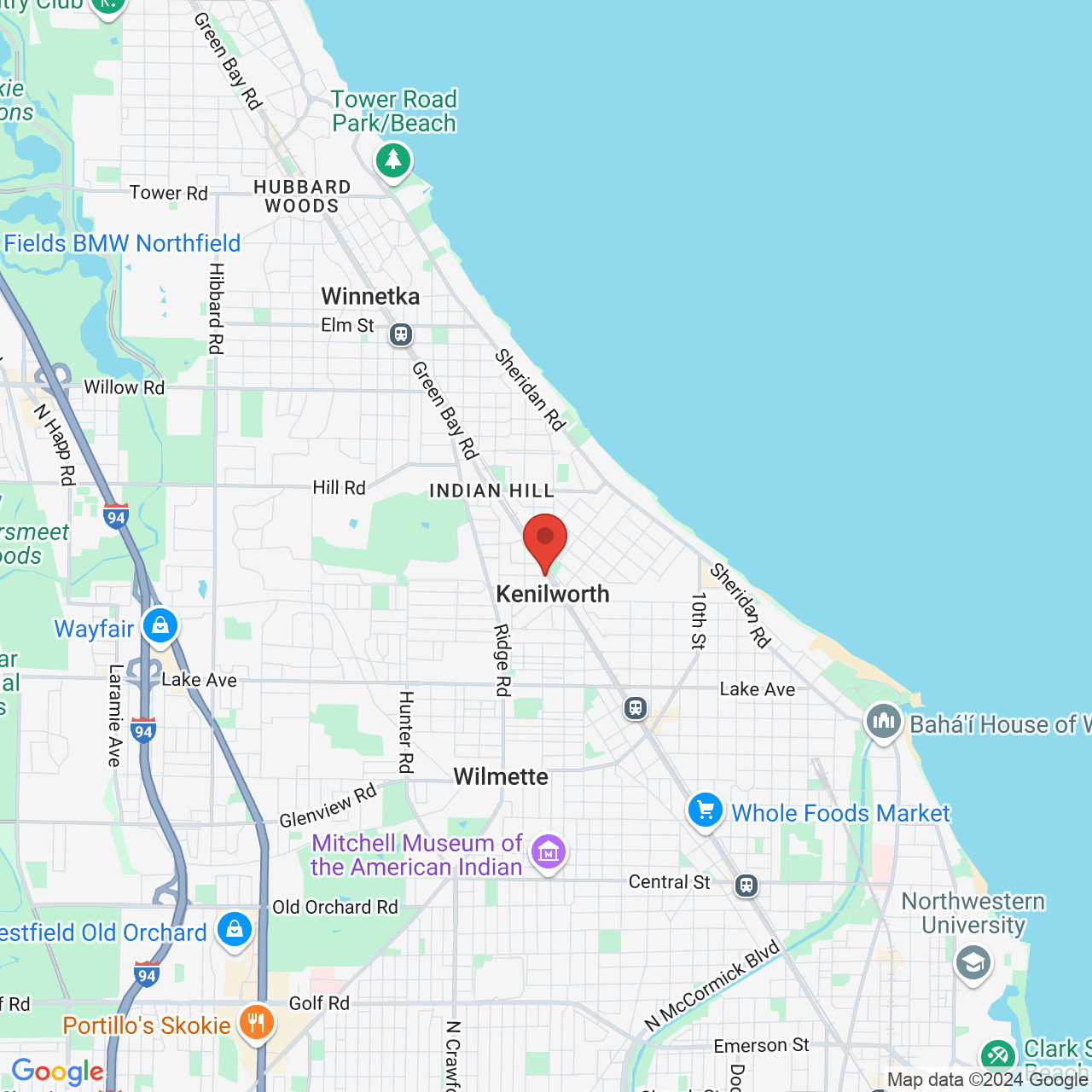Prevent Further Damage with Tooth Extractions
Dr. Art Carpenter performs tooth extractions in order to help alleviate issues such as crowding or advanced decay. With substantial experience in oral surgery, he uses precise techniques and sedation to ensure your comfort throughout the procedure. He is equipped to handle even the most complex extraction cases at our Kenilworth, IL, office, avoiding the need to refer patients to a specialist. When needed, Dr. Carpenter offers a variety of restorative options to replace the extracted tooth or teeth, rebuilding your smile with lasting solutions.
When is Tooth Extraction Necessary?
A tooth extraction will remove the entire tooth, root to tip, from your jaw. Sometimes surgical extraction is required for partially or fully impacted teeth. Some of the most common reasons people have a tooth extracted include:
- One or more wisdom teeth are causing pain or complications for the other teeth
- Severe tooth decay
- An infected tooth that cannot be saved with root canal therapy
- Extensive crowding and preparation for orthodontic treatment

What is the Procedure Like?
To make the extraction process as painless and as comfortable as possible, Dr. Carpenter may use a combination of sedation and local anesthetics. After ensuring the site is fully numb, he will carefully extract the tooth. If the tooth has fully erupted, he may gently rock the tooth to loosen it, and use specialized instruments to carefully remove it from the jaw.
For impacted teeth, Dr. Carpenter will create incisions in the gums to access the tooth stuck beneath the surface. To cause the least impact on the surrounding tissue, he may divide the tooth into multiple pieces for easier extraction. Once the tooth has been fully removed, he will suture any incisions and place gauze over the site to stop any bleeding. Bone grafting may accompany an extraction in some cases to help prevent the bone loss that occurs after a tooth is removed.
Side Effects and After Care
Due to the anesthetic, your mouth will feel numb for a few hours after the procedure. You may experience some pain and swelling. Take any pain medications as prescribed and use ice to control swelling. Once the numbness subsides, you can eat and drink again. Avoid foods that are overly hot or that require a lot of chewing.
For the first 24 hours, you should avoid drinking through a straw, which can disturb any clots that form and cause dry socket. You should also avoid any alcoholic beverages as well as any mouth rinses that contain alcohol. Any discomfort and swelling you experience should fade within a day or two of your procedure.
Our team always strives to provide effective treatment that prevents the need for extraction. If extraction has become necessary, we can provide the gentle, comfortable care you need.
Restoring Extracted Teeth
Unless you had a wisdom tooth removed or teeth extracted for orthodontic treatment, you should replace the tooth. Leaving an empty gap in your smile not only impacts the appearance of your smile, but it can also cause more complications. Your other teeth may shift out of alignment and you will begin to suffer bone loss in that area.
To combat these issues, Dr. Carpenter may recommend one or more dental implants. These titanium posts replace lost tooth roots to prevent bone loss and can support a number of restorations for a fully functional smile. Dental bridges and partial and full dentures are also an option, depending on the number of teeth removed.
Protect Your Smile
Our team always strives to provide effective treatment that prevents the need for extraction. If extraction has become necessary, we can provide the gentle, comfortable care you need. Contact our office online or call us at (847) 251-5004 today to schedule an appointment.






